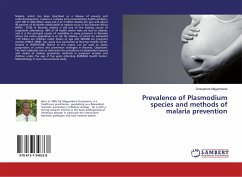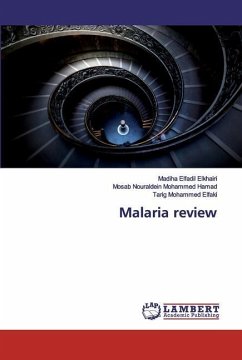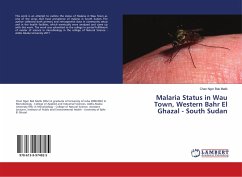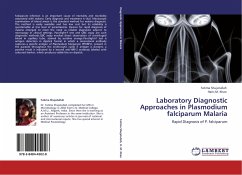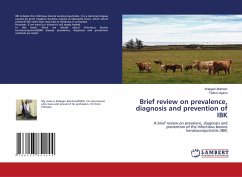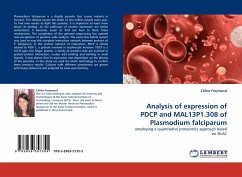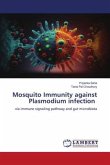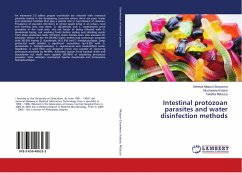Malaria, which has been described as a disease of poverty and underdevelopment, remains a complex and overwhelming health problem, with 300 to 500 million cases and 2 to 3 million deaths per year and about 90 percent of all deaths attributable to malaria occur in sub-Saharan Africa (WHO, 2010). In Rwanda malaria is still one of the leading causes of outpatient attendance, 40% of all health center visits are due to malaria, and it is the principal causes of morbidity in every provinces in Rwanda where the entire population is at risk for malaria, of which an estimated 1.55 million are children under 5years of age and 390.000 are pregnant women (PNILP, 2009). Our study was conducted at Rurenge Health center located in NYAGATARE District as this region can be used to assess progression of control and prevention strategies in Rwanda. Objectives: The main objective was to determine the prevalence of plasmodium species and modes of malaria prevention methods in pregnant women and children under the age of five years attending RURENGE Health Center. Methodology: It was cross sectional study.
Bitte wählen Sie Ihr Anliegen aus.
Rechnungen
Retourenschein anfordern
Bestellstatus
Storno

